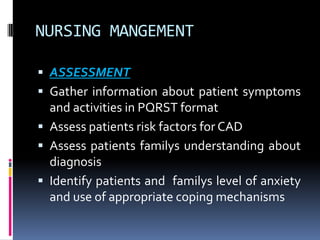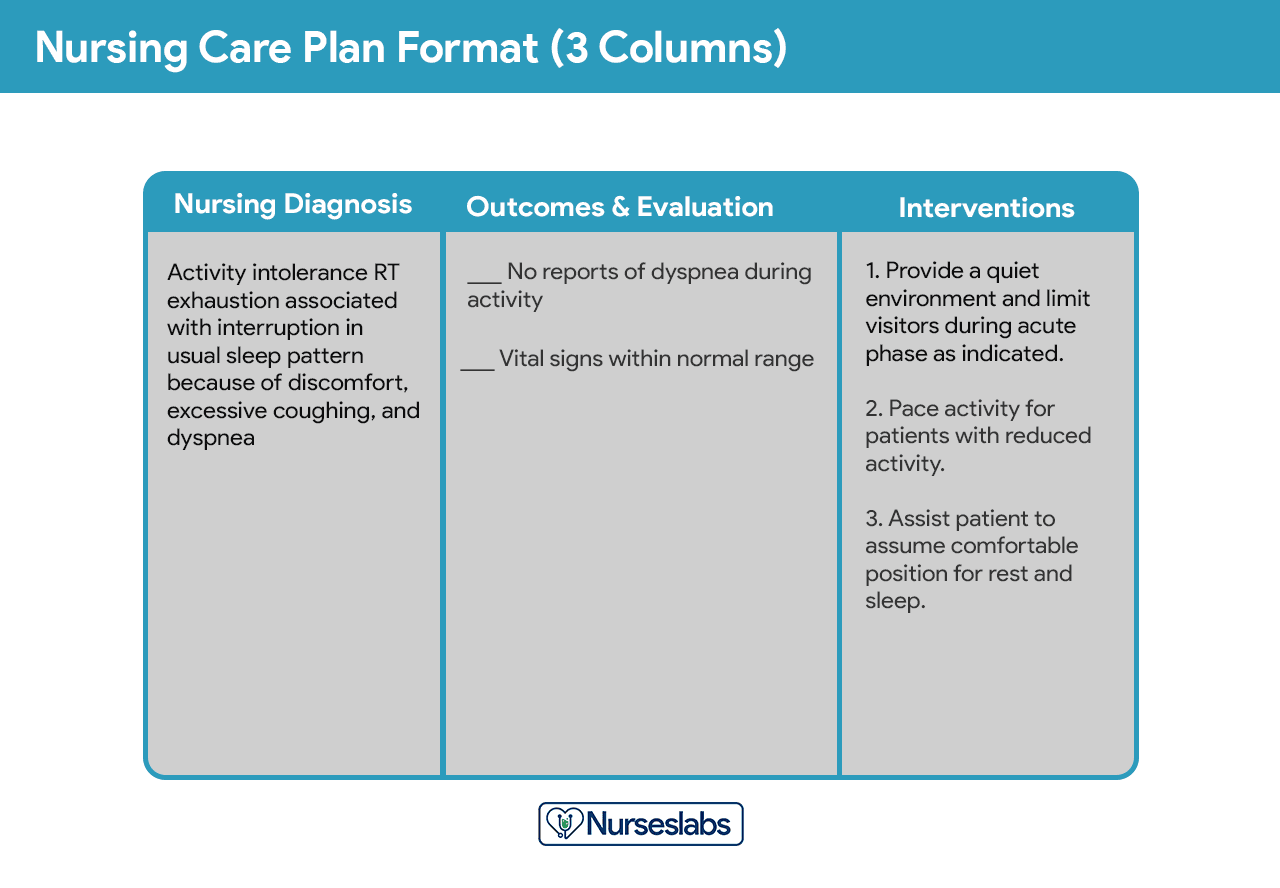Coronary heart disease (CHD) is a leading cause of death and disability worldwide. It is a condition in which the coronary arteries, which supply blood and oxygen to the heart muscle, become narrowed or blocked due to the accumulation of plaque in the arterial walls. This can lead to chest pain, heart attack, and other serious complications.
As a nurse, it is important to accurately diagnose CHD in order to develop an appropriate care plan and prevent further complications. One of the main tools used for this purpose is the nursing diagnosis. A nursing diagnosis is a clinical judgment about an individual's response to actual or potential health problems or life processes. It is based on the patient's signs and symptoms, as well as the nurse's assessment of the patient's physical, psychological, and social needs.
The most common nursing diagnosis for CHD is "Ineffective tissue perfusion related to reduced coronary artery blood flow." This diagnosis is based on the fact that CHD leads to decreased blood flow to the heart muscle, which can result in tissue damage and impaired function. Other possible nursing diagnoses for CHD may include:
- Risk for impaired physical mobility related to chest pain and discomfort
- Risk for ineffective coping related to the impact of CHD on daily life and overall health
- Risk for infection related to the use of invasive procedures, such as coronary artery bypass surgery or angioplasty
- Risk for impaired skin integrity related to decreased blood flow to the skin and underlying tissues
- Risk for imbalanced nutrition related to dietary restrictions or changes in appetite and metabolism
To effectively address these nursing diagnoses, the nurse must work closely with the patient, the patient's family, and the healthcare team to develop a comprehensive care plan. This may include medications to improve blood flow, lifestyle changes to reduce risk factors for CHD, and referrals to other healthcare professionals as needed. The nurse may also need to provide education and support to the patient and their family to help them understand the condition and manage their symptoms.
In conclusion, nursing diagnoses are an important tool for identifying and addressing the health needs of patients with CHD. By accurately diagnosing and addressing these needs, nurses can help to improve the patient's quality of life and prevent further complications from this serious and potentially life-threatening condition.





